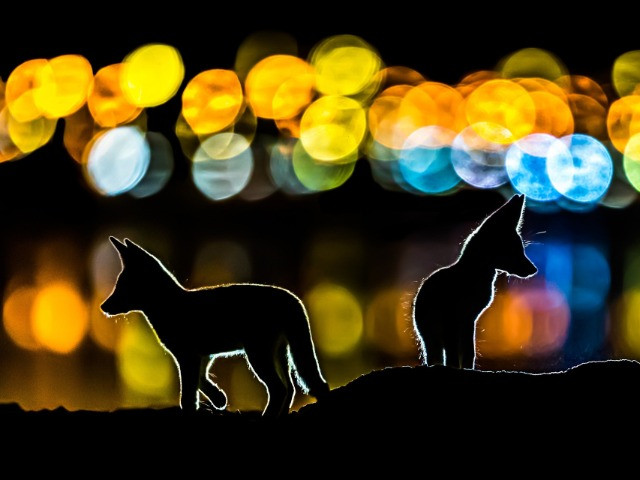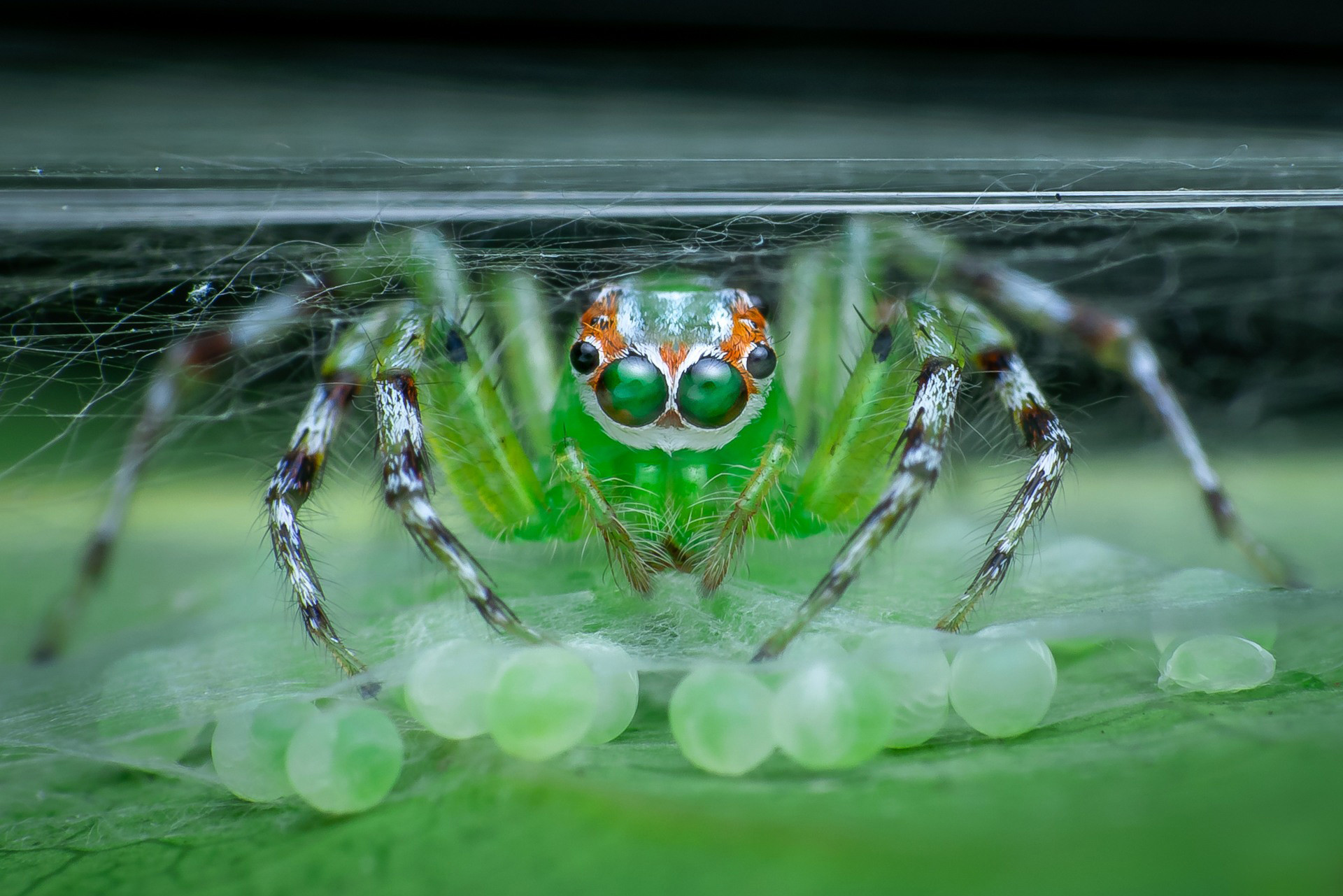Nature inFocus Hive was launched in November 2017. In these four years, the space has been earnestly nurtured by our burgeoning community of talented photographers. From surprising animal behaviour to photographs that highlight conservation issues and success stories—Hive has become a significant repository of images and useful information on the Indian wilderness. We are truly grateful for these contributions, and we hope to see the space grow and evolve even more.
As the year draws to a close, we combed through our database from last year to generate a list of our favourite Hive images from 2021, in no specific order.
Has your favourite Hive image made it to our list? Let us know in the comments.
Life In The City—Suhas Hebbar
Shivamogga, Karnataka
Bats Out—Aayush Dudhiya
Falna, Rajasthan
Bedazzle—Pratik Pradhan
Neral, Maharashtra
The Egg-Sitter—Nihal Jabin
Kumily, Kerala
Baby’s Day Out—Allen Jacob
Kota, Rajasthan
Tails Up—Luku Ranjan Nath
Garbhanga Reserve Forest, Assam
Salt Of The Earth—Ninad Vaidya
Little Rann of Kutch, Gujarat
Outfoxed—Bibhas Deb
Little Rann of Kutch, Gujarat
Talons, Incoming!—Kallol Mukherjee
Kolkata, West Bengal
Hydration Acrobatics—Swastika Sahai
Rourkela, Odisha
You may also like to read






















